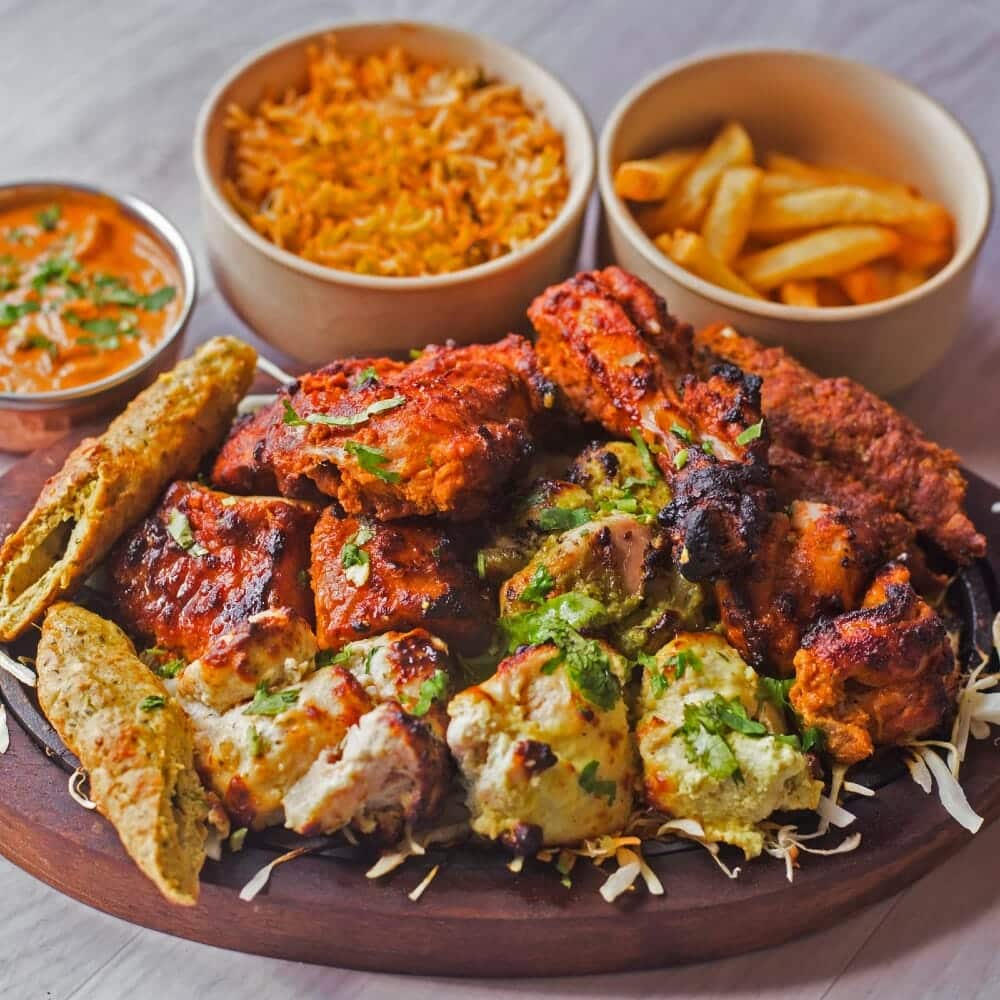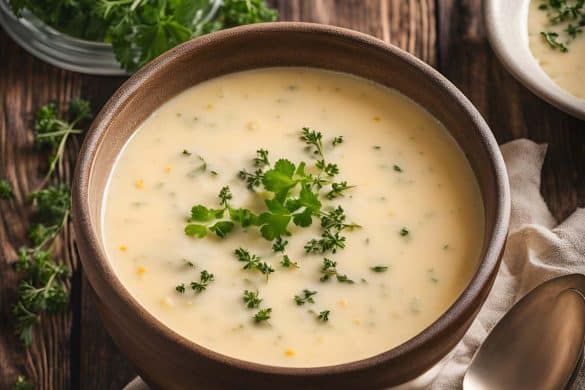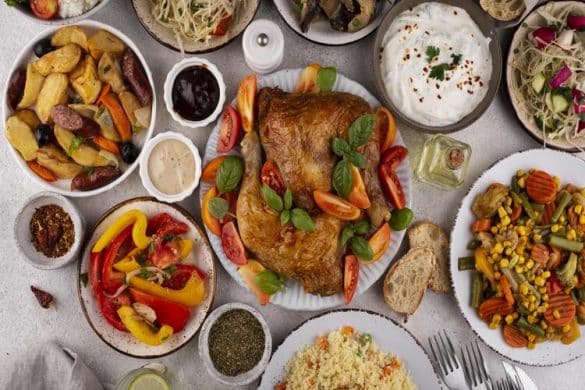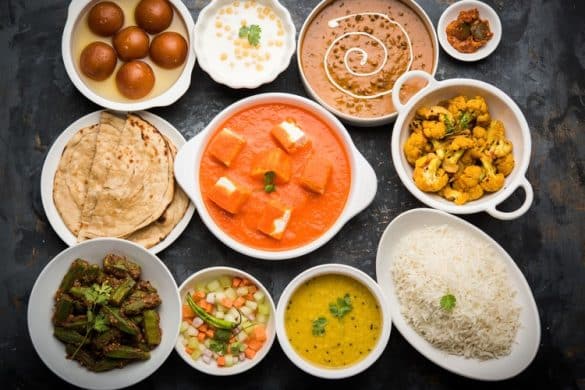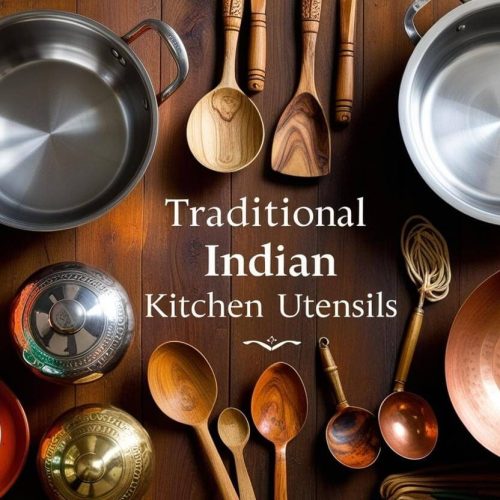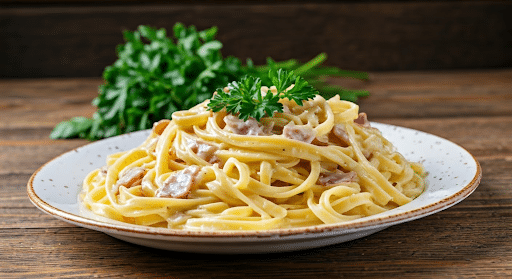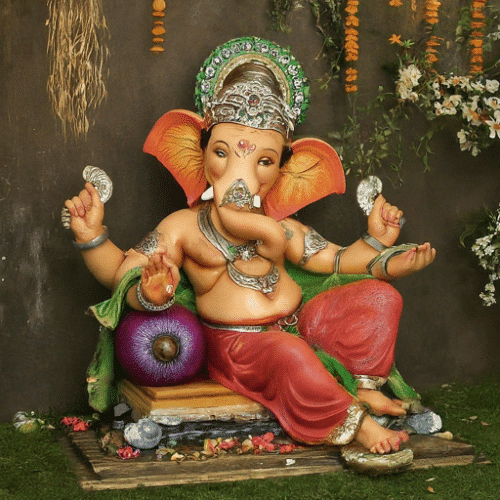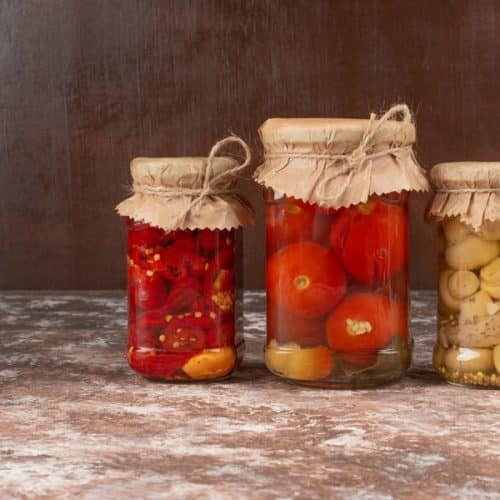Tandoori cuisine is a veritable treasure trove of flavor and history. It’s an irresistible journey through time, with each bite taking you back to the ancient traditions that have helped shape this iconic Indian fare. From its rich spices and fragrant aromas to its vibrant flavors and textures – tandoori cooking is a sumptuous feast for all your senses! Discover the secrets behind this centuries-old art form as we explore tandoori cuisine’s culture and culinary delights.
The origins of tandoori can be traced back to India in the 16th century when clay ovens were used for cooking food over open fires. The traditional recipes use various herbs, spices, and marinades, which are slow-cooked in these earthy vessels. This method infuses the ingredients with intense flavor while also sealing in moisture to create succulent dishes every time.
From humble beginnings, tandoori has become a global phenomenon millions worldwide enjoy. Its popularity lies in its delicious taste and health benefits; its low fat and high protein content make it ideal for any diet or lifestyle choice. So come join us in exploring the wonderful world of tandoori cuisine – get ready to indulge your palate with flavorful treats from days gone by!
History And Origins Of Tandoori Cuisine
Tandoori cuisine is a style of cooking originating in India that utilizes the tandoor, an oven made from clay. The traditional cooking method involves ingredients marinated overnight in yogurt and spices, then cooked at high temperatures over smoldering charcoal or wood embers. This unique way of preparing dishes gives them their signature flavor and texture.
The history of tandoori cuisine dates back centuries, with some records suggesting it was first used by nomadic tribes who traveled across Central Asia. Over time, the practice spread to other regions, such as South Asia and North Africa, where cooks began experimenting with different marinades and seasonings to create new flavors. Today, its popularity continues to grow worldwide due to its delicious taste and health benefits.
Although there are regional variations throughout India, the classic methods remain largely unchanged: small pieces of meat or vegetables are skewered onto metal rods before being placed into the tandoor for several minutes until they’re perfectly cooked. With every bite comes a burst of flavor – making it no wonder why this type of food has become so beloved worldwide.
With its deep roots in culture and nutrition, tandoori cuisine offers much more than just great-tasting meals – it also provides numerous health benefits, which will be discussed next.
The Health Benefits Of Tandoori Cuisine
As previously mentioned, tandoori cuisine offers much more than just great-tasting meals – it also provides numerous health benefits. The marinade used in tandoori dishes is a natural tenderizer that helps reduce the fat content of meats and fish while still providing flavor. Additionally, the high cooking temperatures help seal in vitamins and minerals and kill any harmful bacteria present in raw ingredients. This makes tandoori food an excellent choice for anyone seeking a healthy diet.
Moreover, many traditional tandoori recipes feature low-fat proteins such as chicken or shrimp, which can provide essential nutrients without adding too many calories. By supplementing these proteins with nutrient-dense vegetables like squash or eggplant, you can create delicious and nutritious vegetarian options that will please even the pickiest eaters.
In summary, tandoori cuisine offers a unique culinary experience that tastes amazing and comes packed with nutritional value – making it one of the most popular types of Indian food today.
Popular Tandoori Dishes You Must Try
From the succulent aromas and flavors of tandoori chicken to mouthwatering vegetable curries, there’s no denying that this ancient cooking style has something for everyone. As one of India’s most iconic dishes, it is no surprise that tandoori food continues to be popular worldwide. So if you’re looking to explore some truly delicious eats, here are a few must-try tandoori dishes you will want to experience!
One timeless classic is tandoori chicken – marinated in yogurt and various spices before being cooked in a traditional clay oven known as a tandoor. This dish not only looks beautiful but also tastes simply incredible. If you prefer fish over poultry, try some flavorful Tandoori Salmon. And remember vegetarian options, like Paneer Tikka, which features chunks of cottage cheese skewered with vegetables and herbs before being grilled in the tandoor.
All these tempting meals prove just how versatile and delicious tandoori cuisine can be, making it an ideal choice for any occasion or crowd. With so many exciting possibilities at your fingertips, why not try them all?
Vegetarian And Vegan Tandoori Dishes
Vegetarians and vegans need to feel included when it comes to tandoori cuisine. Plenty of tasty dishes can be adapted for those following a plant-based diet, such as vegetarian samosas stuffed with potatoes, peas, and spices; or vegan bhajis made from chickpea flour and an array of flavorful veggies. For something truly unique, try the popular Paneer Tikka – chunks of firm paneer marinated in aromatic spices before being grilled in the tandoor.
These delicious recipes prove how easy it is to enjoy a healthful meal without compromising flavor. Plus, they’re perfect for entertaining too! So whether you’re hosting guests at home or planning your next outdoor gathering, these dishes will ensure everyone is satisfied.
All this talk about tantalizing flavors has us craving some good old-fashioned tandoori food! Now let’s explore how we can recreate this experience right at home by cooking traditional tandoori chicken.
How To Cook Tandoori Chicken At Home
Cooking up a classic tandoori chicken meal can be easier than you think. With some basic pantry staples and the right technique, you’ll soon treat your taste buds to an exotic feast! Here’s how to get started:
First, marinate the chicken in yogurt mixed with spices like cumin, garam masala, turmeric, coriander powder, and paprika. This will tenderize the meat while infusing it with flavor. Let this sit for at least four hours before cooking – overnight is even better.
Once ready, fire your oven to its highest setting (around 500°F) and place a heavy griddle pan inside. When hot, take out the pan and put on some heatproof gloves. Carefully lay the chicken pieces onto the smoking-hot pan one by one and return it to the oven for about 10 minutes per side or until cooked through. Once done, let rest for 5 minutes before serving – voila!
This traditional method of slow roasting yields succulent results that are hard to beat – so go ahead and try!
Top Spices And Seasonings Used In Tandoori Cooking
Spices are essential for those looking to explore the delightful flavors of tandoori cooking. From garam masala and turmeric to cumin and coriander powder, a wide range of seasonings can be used in this traditional cuisine. Here’s a quick overview of some top choices:
Garam Masala: This blend of ground spices typically includes cardamom, cinnamon, nutmeg, and mace – all used for their fragrant aroma as well as subtle heat. Sprinkle it over dishes such as curries or roasted vegetables for added flavor.
Turmeric: Known for its vibrant yellow color, this spice adds earthy notes with mild bitterness to any dish. It’s also rich in antioxidants which makes it great for health-conscious cooks. Try adding it to lentil dal or chicken marinades!
Cumin: With its warm peppery taste and smoky undertones, it pairs perfectly with other ingredients like garlic and onions. Use liberally when making flavorful stews or dry rubs for barbecued meats.
Combined with skillful techniques like marinating, these aromatic spices will help you create delicious tandoori home dishes!
The Art Of Marinating In Tandoori Cooking
Marinating is an art form in tandoori cooking that requires a masterful touch! With the right combination of herbs, spices, and oils, you can craft marinades to draw out all the flavors from your ingredients. Marinating adds complexity to dishes with its intense aromas and robust tastes. To get started, imagine yourself as an artist creating a masterpiece – because when it comes to marinating, there are no rules or limits.
Start crafting a marinade for tandoori dishes by soaking your chosen protein in yogurt overnight. This helps tenderize the meat and gives it a creamy texture while allowing the seasonings to penetrate deeply into each bite. Then add some zingy garlic paste, garam masala powder, turmeric, and freshly squeezed lime juice for brightness. The result? A flavor-packed dish that’ll entice even the pickiest of taste buds!
With marinating techniques like these, you’re sure to create delicious tandoori meals every time!
Tandoori Breads & Flatbreads
Tandoori cooking is only complete with its famed bread and flatbreads. The dough for these is typically made from all-purpose flour mixed with a blend of cumin, coriander, turmeric, and chili powder to give it flavor. Then the dough is kneaded until elastic before being left to rest so that flavors can develop.
When ready to bake, it’s time to get creative! Try shaping your dough into rounds or freeform shapes – you could make anything from naan to chapati. These tasty treats are then cooked in an oven heated to 500 degrees Fahrenheit (260°C) using charcoal or wood chips. This gives them a smoky taste and unique texture that will leave you wanting more!
Tandoori bread and flatbreads are truly special – they’re crispy on the outside yet soft on the inside. Serve them hot off the grill alongside classic tandoori dishes like curries and kebabs – it’ll be love at first bite!
Kebab Recipes For The Grill Or Oven
Kebabs are a classic tandoori dish that’s surprisingly easy to make at home! Whether you’re grilling or baking, these delicious recipes will bring the flavors of India right into your kitchen.
Mix a marinade using yogurt, garlic, ginger, cumin, coriander powder, chili powder, garam masala, paprika, and salt. If desired, add some fresh herbs like mint or cilantro for an extra zesty flavor. Then stir with cubed pieces of chicken or lamb (or both!). Cover and refrigerate overnight so the meat can absorb all those wonderful spices.
When cooking the kebabs, thread them onto skewers and place them on the grill over medium heat. Grill, until browned and cooked through – about 10 minutes should do it. Or, if you prefer to bake them in the oven instead of grilling outdoors – preheat to 375°F (190°C) and bake for 25-30 minutes until golden brown. Serve hot off the skewer alongside pita bread or flatbreads for a truly mouthwatering meal!
Now let’s explore another type of tandoori cooking – seafood dishes from the clay oven.
Seafood Dishes From The Clay Oven
Tandoori cooking is a great way to explore the flavors of Indian cuisine and has become increasingly popular in recent years. Seafood dishes from the tandoor are some of the most delicious you can make – thanks to their unique smoky flavor and tender texture.
The key ingredient for any seafood dish cooked in a tandoor oven is a marinade made with yogurt, garlic, ginger, spices like cumin and coriander powder, oil, and lemon juice. This will give your fish or shrimp an incredible depth of flavor that’s hard to beat! You’ll want to marinate it overnight so it really absorbs all those wonderful aromas.
Once ready to cook, preheat your clay oven to at least 500°F (260°C) before adding your marinated fish or shrimp directly on the inside wall of the oven. Cook until lightly charred and cooked through – about 10 minutes should do it. Serve hot off the skewer alongside fresh herbs, chutneys, and naan bread for a truly mouthwatering meal! With these tips for perfect tandoori cooking, you’ll impress family and friends alike!
Tips And Tricks For Perfect Tandoori Cooking
When it comes to tandoori cooking, there are a few tips and tricks that can help make your dish even more delicious. First, always use high-quality ingredients – the better products you have, the tastier your food will be! Secondly, when marinating seafood for tandoori dishes, keep the temperature below 40°F (4°C) to ensure maximum flavor absorption.
Thirdly, monitoring your oven’s heat throughout cooking is important, so you don’t overcook or burn your food. An infrared thermometer is a great tool for quickly and easily monitoring temperatures in the clay oven quickly and easily. Finally, for an extra smoky flavor boost, add some wood chips or charcoal directly into the hot coals when preheating your oven – make sure they’re completely extinguished before adding any food!
These simple steps can take any tandoori meal from good to great – but don’t forget one key ingredient: yogurt! Yogurt is crucial in tenderizing and flavoring many tandoori recipes – without it, these dishes wouldn’t be complete. So next time you fire up the clay oven, remember these essential tips for perfect tandoori cooking!
The Role Of Yogurt In Tandoori Cuisine
Yogurt is a key ingredient in many tandoori recipes, like the classic Indian chicken dish known as Murgh Makhani. Adding dairy to grilled and roasted dishes might seem counterintuitive, but yogurt’s unique properties make it a miracle worker! Like salt draws moisture out of food for flavor enhancement, yogurt does the opposite – its lactic acid helps break down proteins and tenderize tough cuts. This makes it an essential addition when cooking with clay pots that don’t get hot enough to soften meat or vegetables easily. Yogurt also has cooling properties that are perfect for balancing spicy flavors – making it a crucial part of any traditional tandoori meal.
But there’s more than taste here; using yogurt as part of your marinade acts like armor against burning. High pH creates a protective barrier around your ingredients, helping them remain juicy and succulent during long cooking times over intense heat. In short – this creamy condiment is nothing short of magical!
So the next time you’re preparing a tandoori feast, include some good-quality yogurt in your grocery list. Your guests will thank you later! With these amazing benefits in mind, let’s explore the science behind clay pot cooking in tandoori cuisine.
The Science Of Clay Pot Cooking In Tandoori Cuisine
Now that we’ve explored the role of yogurt in tandoori cuisine let’s look at clay pot cooking. This ancient cooking method was designed to give food an incomparably smoky flavor without direct contact with flame or coals. A special type of oven known as a tandoor is used to achieve this effect – it consists of a cylindrical chamber made out of thick walls and fired by burning wood or charcoal inside. The intense heat radiates through the clay walls, searing ingredients while preserving their natural moisture.
This slow-cooking process helps bring out subtle flavors and tenderize tougher cuts, creating intensely flavorful dishes that are impossible to replicate elsewhere. Additionally, the thick layer of ash produced during the firing acts like insulation; it traps heat within and allows for even cooking all around – no matter what size your dish is! But how does one go about using such an oven? Preheating is essential here – you want to get your tandoor up to temperature before adding any ingredients so that they don’t burn on contact with the hot surfaces. Once ready to start grilling, use long-handled utensils like skewers or tongs to lower your items into the heated environment below carefully. As you can imagine, timing is key here: keep an eye on things throughout the process, removing them from heat once they reach the desired doneness.
Its unique combination of flavor-enhancement techniques makes it easy to see why clay pot cooking has remained popular in Indian households since antiquity! Now that we’ve covered some basics behind tandoori preparation methods, let’s move on and discuss ways to bring these delicious meals together for parties and gatherings.
Tandoori Cooking For Parties And Gatherings
Tandoori cooking is a great way to entertain and please your guests, no matter the occasion. Whether you’re hosting an intimate dinner party or organizing a large gathering, plenty of delicious options are available. First, why not serve up some delectable tandoori appetizers like chicken wings marinated in yogurt and spices? For main courses, try traditional dishes such as lamb biryani cooked in a clay pot for that extra smoky flavor. And remember, sides! Naan bread makes perfect accompaniments to any meal; they’re light and fluffy yet incredibly flavorful – who could resist?
Regarding dessert, you can go right with classic gulab jamun – deep-fried milk balls soaked in syrup. Or if you want something lighter, opt for kulfi ice cream instead! The silky smooth texture complements the richness of tandoori cuisine perfectly. With all these delicious dishes on offer, it’s easy to see why this cooking style has become so popular at gatherings worldwide.
No matter what type of event you have planned, one thing is certain: tandoori flavors will surely delight your taste buds! Now let’s move on and explore how regional variations influence the preparation methods used in different parts of India.
Regional Variations In Tandoori Cuisine
Tandoori cuisine is a truly unique and varied art form. From the fiery flavors of Punjabi dishes to the aromatic spices found in Gujarati fare, each region offers its unique take on this ancient cooking style. It’s no wonder it has been embraced by food lovers across India – and beyond!
The possibilities are seemingly endless regarding tandoori recipes; you could try something new every day for years and still not explore all the delicious options out there! Whether you prefer mild or spicy curries, vegetarian or meat-based, you’re sure to find something to tantalize your taste buds. Even desserts have taken on an exciting twist in tandoori kitchens – think creamy kulfi ice cream with a hint of cardamom or nutty gajar halwa served warm from the oven.
With so many dynamic flavor combinations available, one thing’s for certain: exploring tandoori cuisine is an adventure like no other! No matter what type of dish you choose to savor, you can be sure of experiencing incomparable aromas and tastes unmatched anywhere else in the world. So why wait? Dig into those delicacies today and discover their rich heritage for yourself!
Conclusion
Tandoori cuisine is a remarkable blend of flavors and aromas, pleasing palettes for generations. It can transport us back to when kings ruled their territories with immense pride and joy. The science behind clay pot cooking comes alive as tandoori dishes are cooked over hot coals, filling our homes with an unmistakable aroma of spices and herbs.
All can enjoy the flavor-packed delicacies of this ancient Indian cuisine – from vegetarians to vegans, partygoers, to health-conscious people alike. From succulent pieces of chicken marinated overnight in yogurt, lemon juice, and special spices to crispy naan bread baked in a traditional tandoor oven – tandoori food is truly marvelously delicious!
Eating tandoori cuisine transports us through India’s rich history while providing us with flavorful delights that tantalize our taste buds. Whether it’s enjoying regional variations or experimenting with recipes at home – one thing is certain; tandoori food will always leave you wanting more!

